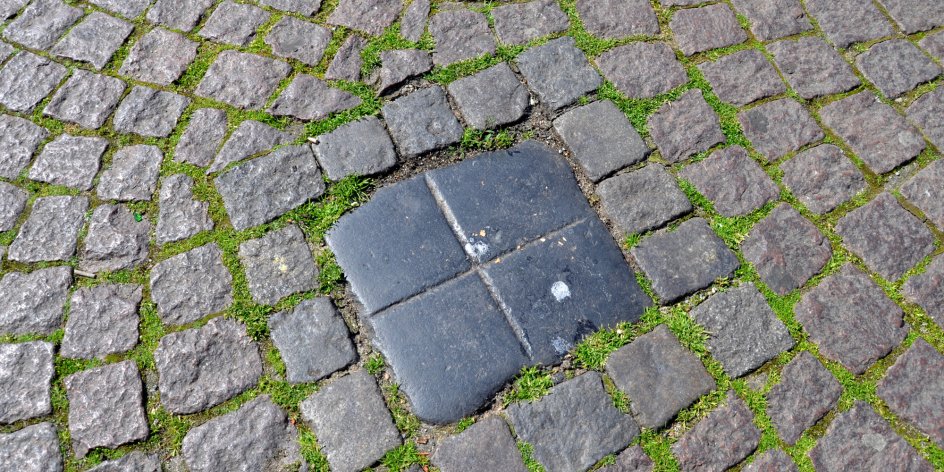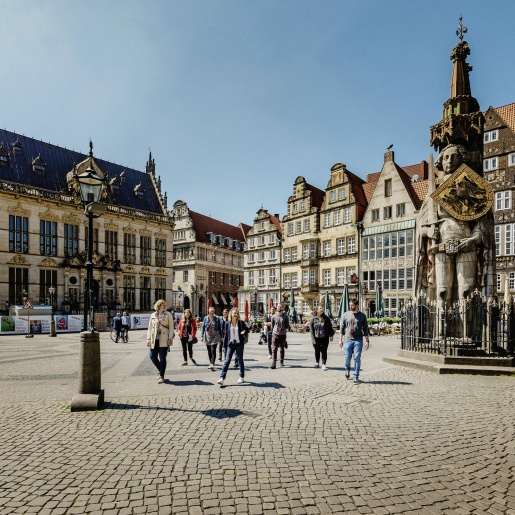Gesche Gottfried and the Spitting Stone

© bremen.online GmbH / MDR
A stone in the middle of the Domshof commemorates a particularly gruesome event in Bremen: Where the so-called Spuckstein was set into the pavement of the Domshof, the serial killer Gesche Gottfried was executed after she poisoned 15 people with arsenic at the beginning of the 19th century. The Bremen Spit Stone bears its name because Bremen citizens used to spit here out of disgust at Gesche Gottfried's crimes.
This stone was set into the pavement of Domshof square to mark the spot where Gesche Gottfried was executed. Between 1813 and 1828, Gesche Gottfried murdered a total of 15 people with arsenic. Her motives remain the subject of speculation. On 21 April 1831, she was executed in Domshof square – the last public execution in Bremen. The story of Gesche Gottfried has been turned into a number of books, and is also told in detail at the House of History in the Schnoor quarter.

© Staatsarchiv Bremen
Birth an Death
* 06 March 1785 in Bremen
† 21 April 1831 in Bremen
The Angel of Bremen
Gesche Margarethe Gottfried, née Timm, was the daughter of a master tailor. She had a twin brother and grew up in very simple and poor circumstances. In 1806, she rose socially through marriage to the master saddler Johan Miltenberg and from then on belonged to the middle-class section of the population of the Hanseatic city. With him she had five children. At the beginning of the 19th century, Gesche Gottfried cared for sick and dying people. She was therefore known as the "Angel of Bremen" even beyond the city limits.
Murders and Execution
Around 1812, Gesche Gottfried had been given a paper bag of arsenic powder by her mother to combat a plague of mice. Shortly thereafter, she seemed to be dogged by bad luck, as her parents, husbands, children, friends and twin brother fell ill and died around her. What nobody knew at the time, Gesche Gottfried herself poisoned her relatives and friends with the deadly poison arsenic. But because she lovingly cared for her family and friends until the end, no one suspected anything.
After a six-year break, Gesche Gottfried poisoned her fiancé Paul Zimmermann with rat poison in June 1823. Gottfried's landlord Johann Christoph Rumpff became suspicious over time because of the many deaths around her. When he himself found white globules in his food, he had them examined by his family doctor. It turned out that the pellets were arsenic. The poisoner Gesche Gottfried was thus unmasked. She was arrested on 6 March 1828.
The woman's motives are still puzzled over today. She herself made only a few statements and is said to have made a very confused impression. She spent three years in prison until the death sentence was finally carried out on 21 April 1831
You might also be interested in...

Shakespeare in the Park
© Marianne Menke

